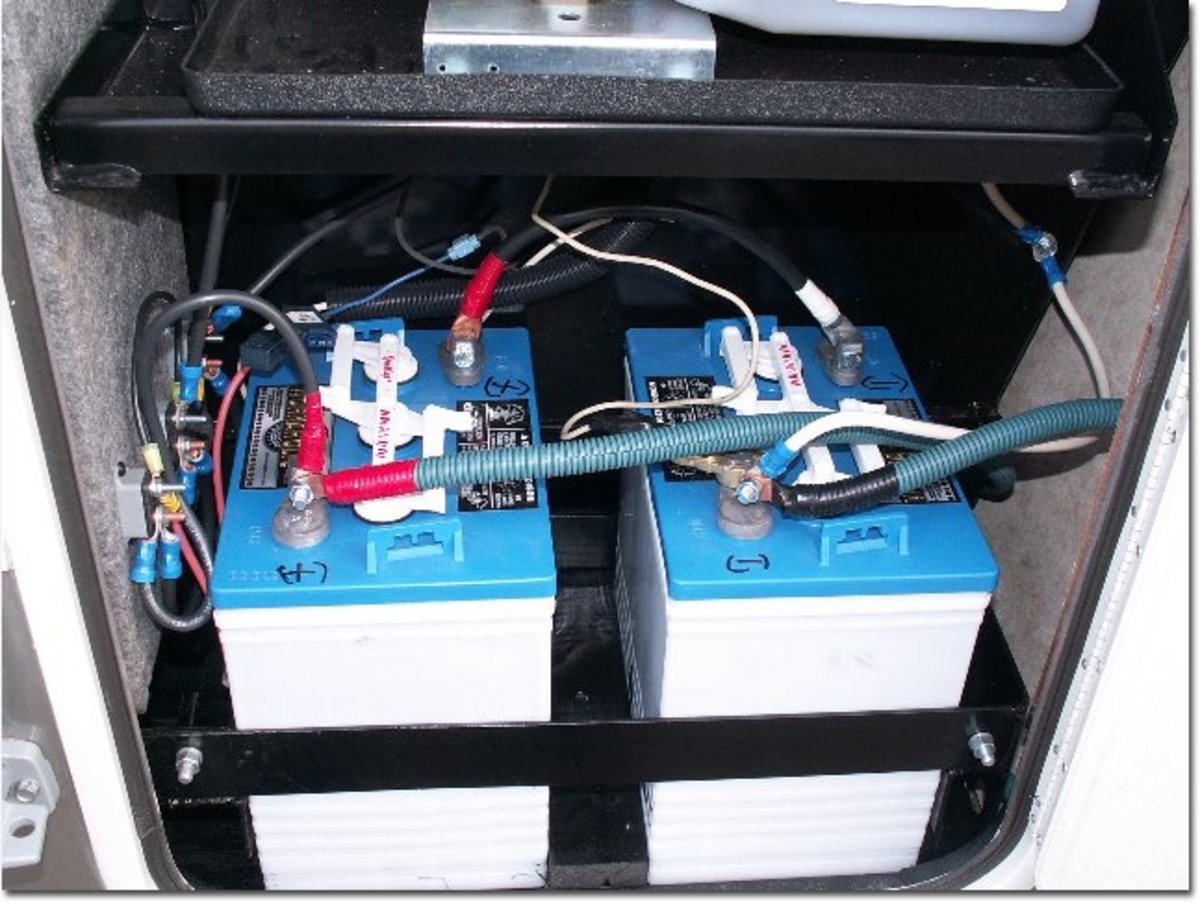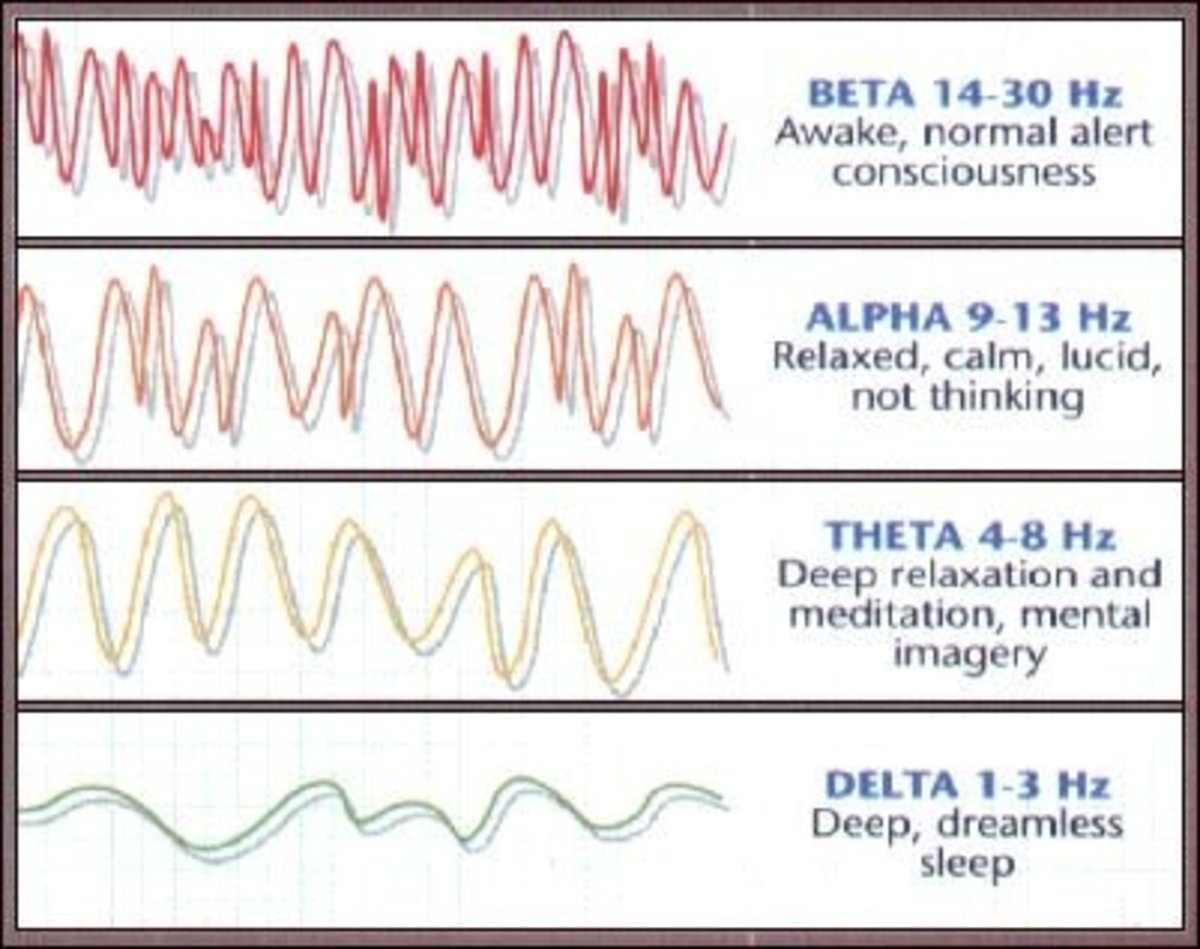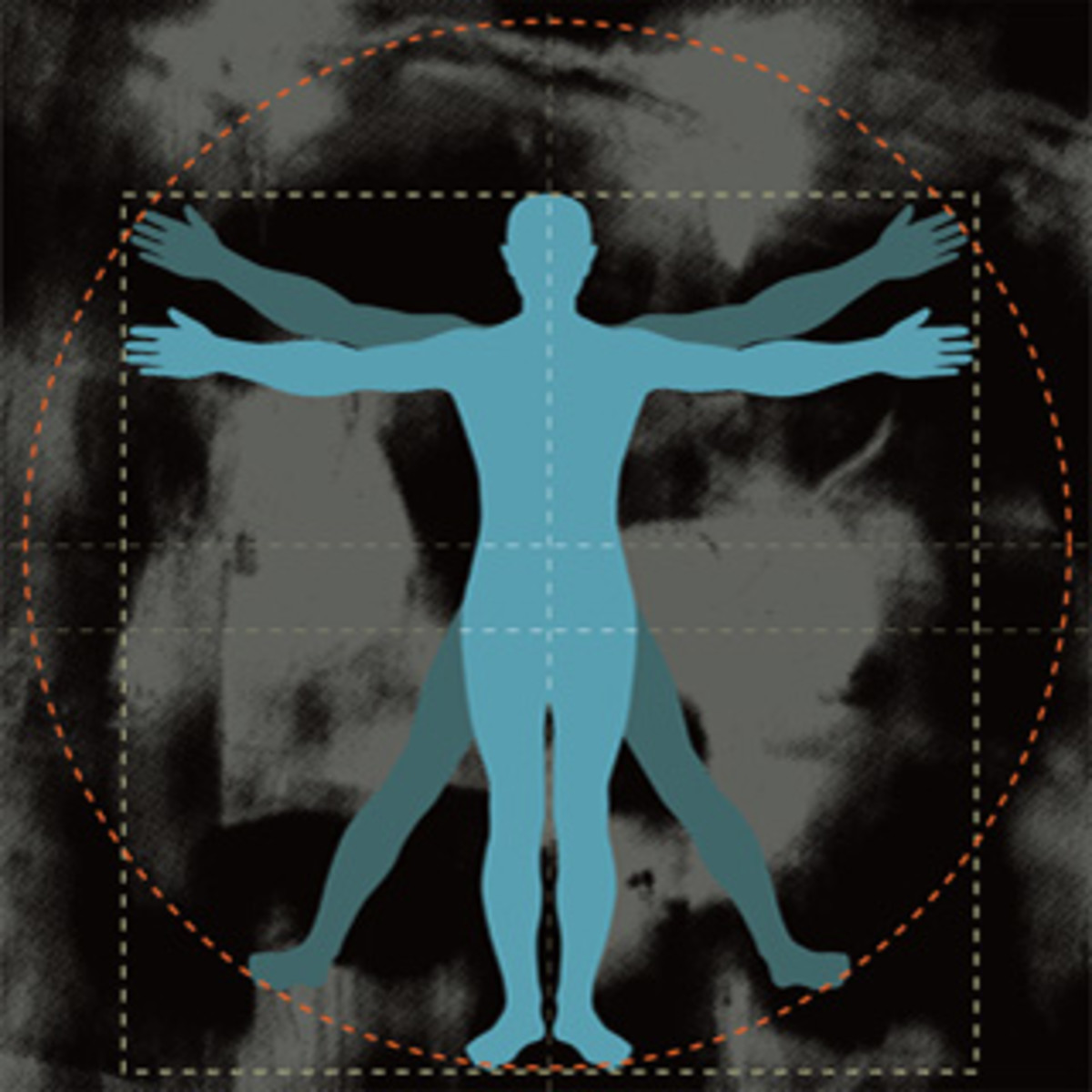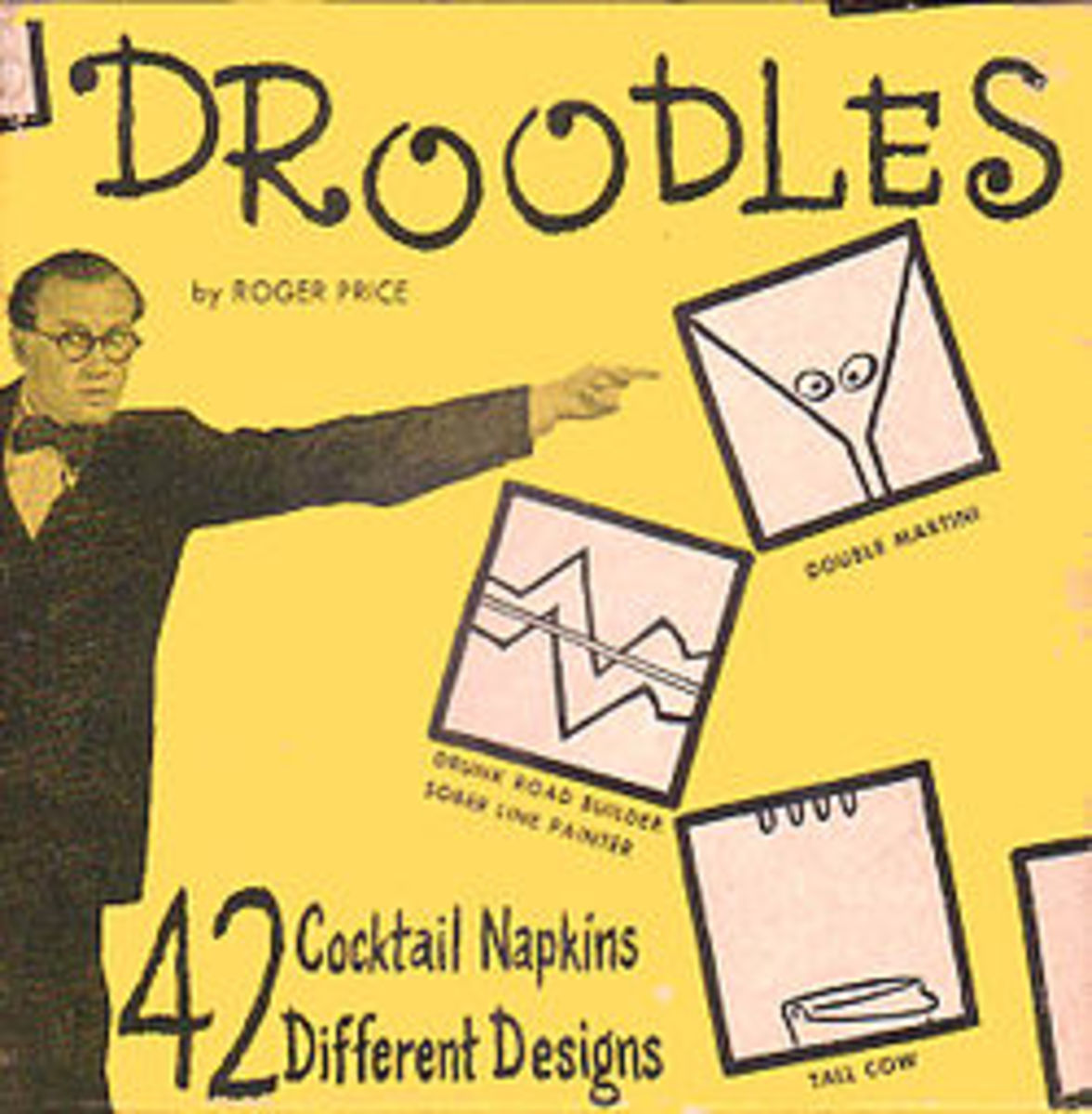THE POWER TO INNOVATE: MAKING SENSE OF THE IMAGINATIVE LEAP
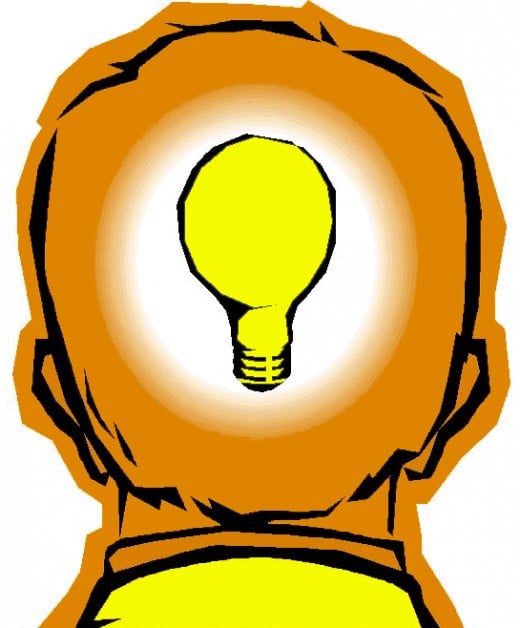
Making sense of the Eureka moment
The key to creative problem solving is the ability and capacity to use a repertoire of skills to move one from the problem space to the solution space of a given problem. Any problem solving process is a challenge to us. The most important thing is first an identification of the problem and our being able to position ourselves in who we want to become in terms of our identity (mindset), knowledge, and the experience we desire. In a nutshell, whatever we desire is outside our comfort zone and therefore we need to move ourselves outside of ourselves in these areas - our being, our behaviour and what we have. Great inventors and innovators in different areas of life has always challenged themselves so as to come to terms with the obstacles that come between their dreams.
Reading a sectioned of the book on Self-motivation has by Frances Coombes brought my attention to the phrase "imaginative leap" (p.57). She traced the way we make creative breakthroughs. According to her there is a problem to solve and we worry about it and think of all the possible permutations for solving it that we can, Then when our mind is idling, we make the imaginative leap that lead to a solution. This imaginative leap has been linked to great scientific discoveries and breakthroughs in life. The imaginative leap is not just finding the solution to a problem; with it comes an unshakable belief that something that could not be done before can now be done.
What is this imaginative leap and where does it come from; this ability to forge ahead courageously with our dreams?
The aim of this article is to make sense of "imaginative leap" - the innovative streak that give on the can do attitude. The article will look at different types of ways the human body responds to internal and external stimulus as well as the implication of these responses on the brain's electrical activities.
The chemistry of difference responses
The idea of what happen when an individual is faces with a problem can be liken to the "fight - flight" reponse or the "relaxed response" when one is away from the problem. Both situation have implications as to what happen to the human brain. The fight - flight response is similar to a stressful situation with some symptoms of anxiety. Under this circumstance high thinking is altered and the flow of information both to and within the brain is affected. Understanding of these dynamics is necessary to regulate them and achieve optimal performance. The ability tom manage our moods in the face of these challenges is key to optimum performance.
The fight or flight response - mobilises our body's energies for external activity, the relaxation response as it was; labelled by Dr Herbert Benson of Harvard Medical school, mobilizes our bodies resources for internal activity. The relaxation response enhances our ability to receive information by mobilising the bodies resources for heightened inner outcomes
The effect of the relaxation response are the exact opposite of the flight response. During the relaxation response the brain's electrical activity drops from beta to alpha to theta.+ Brain wave pattern in left and right hemisphres synchronise, the heart rate slows down and the muscles become relaxed. Therefore, the amount of blood and oxygen in going to the brain increases. The relaxation response has been shown to relieve stress as well as anxiety, which is the symptom of stress. When we are in a stressed state we find it difficult to think correctly whereas the relaxed state results in opposite effect - learning is enhanced.
The Focusing and the "felt shift" experience
What is the difference between the flight or fight response and the relaxation response?
The difference is in the brains electrical activities during these states.
- During the deep relaxation the brain's energy pass through a rapid change and this change is due to the "Aha" experience and the instant understanding that accompanies it. according to researchers, this experience is due to shifts in the brain energy activities characterised by sudden move to the "theta" range of brain wave activity and is closely linked to hemispheric synchronisation ( see the Brain electrical activity).
- In a study Eugene Glendlin, author of Focussing, describes a technique of withdrawing the attention inward and focusing on the problem that you are trying to solve. According to Glendlin, rather than dealing with the problem directly, he taught the students to "centre" or still the mind through a series of focusing steps. The aim here is to still the mind and emotions which allows one to understand the problem. A phenomenon "felt shift" is experiences and this is marked by a sudden tension release coupled with instant clarity which makes the whole problem clearer as the solution seems to surface from nowhere.
- With the use of the ECG readings, Gendlin discovered that the "felt shift" experience was matched by a sudden drop into the lower alpha state or upper theta brain wave state.
- It's this alteration in brain waves that bring about the well known "Aha" or "Eureka" moments described as part of the creative experiences. This "felt shift" either brings about or reflects a reordering at higher integrative levels.
What are the implications of the "felt shift" experience?
The "felt shift" experience gives to see an old experience in an entirely new and valued ways. The theta range of activity in which the brain is functioning in as an integrated structure hold the miraculous key to meta-cognition - learning to learn. Perhaps there is excitation of the basal ganglia the part of the brain that is responsible for integration of thoughts, feelings, movement and involved in pleasure. During this period (felt shift) we achieve hemispheric synchronisation, which results when both hemispheres are working in harmony - generating the same brain waves at the same time and the sheath of fibre between both the left and right hemispheres - the corpus callosum is firing, exchanging information quickly between the two.
If the above is what is happening in the brain; what's the implication on the whole with regards to higher order thinking and information processing?
In this state the whole brain sensory integration is high and people report a peak experience feeling. Receptivity to visualisation is also extremely high in the theta range, memory is enhances and ability to generate new ideas is heightened.
On the whole being able to enter the theta state will in no small measure impact on people's ability to learn, understand, create and act on information in new ways. The holds the key to improved learning and change as well as fostering creativity and innovation in dverse fields of human endeavour.
+ The Brain Electrical Activity
To understand the different electrical signals being given out in the brain during different experiences; it's important to describe different fporms of this activity.
Beta 14 - 30 CPS
- external awareness
- external attention and activity
- ordinary state of consciousness
Alpha 7 - 14 CPS
- beginning of relaxation response
- heightened creativity
- hemispheric synchronisation begins in lower ranges
Theta 3 - 7 CPC
- hemispheric synchronisation
- whole brain's sensory integration high
- unified field experience - "peak experience" feeling
- potential for optimal learning extremely high
- receptivity to inner visioning extremely high
- vivid memory recall/high intuitive idea generation
- heightened state for processing and storage of information
Delta 1 - 3 CPS
- deep sleep state
^CPS means cycles per second as measured on an ECG
References
Coombes F (2008) Self - Motivation Teach Your Seriess
Hunt, D Trinidad (1991) Learning to Learn. Maximizing your performance potential Your wake up call to transformation. Elan Enterprises


